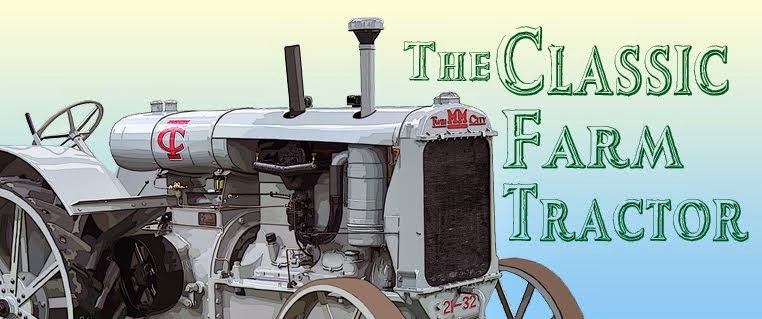
Pictures from the Darke County Steam Threshers Association Show that took place over the July 4th weekend in Darke County, Ohio.

The Port Huron was this year’s featured steam traction engine. The history of the company started in Battle Creek, Michigan with William Brown in 1851. In 1858, it became Upton, Brown, & Company and then the Upton Manufacturing Company. In 1884, the firm moved to Port Huron, Michigan and a few years later the name changed again to the Port Huron Engine & Thresher Company. Among Upton’s employees had been the Dodge Brothers who would become famous in the Detroit world of automobile manufacturing.

In 1842, Abraham Gaar started building stationary steam engines and threshing machines in Richmond, Indiana. In 1870, William Scott joined the company to create Gaar-Scott. Gaar-Scott would eventually be bought by Rumley which then became the Advance-Rumley Company, which became part of Allis-Chalmers.

The Advance Thresher Company of Battle Creek, Michigan was founded in 1881. A producer of threshers and traction engines, their straw burners were especially popular in the Northwest. In 1915, Advance along with Gaar-Scott and Mansfield, Ohio’s Aultman-Taylor Company became the base that formed Advance-Rumley a company that became well known for the OilPull tractor.

Nichols & Shepard was another Battle Creek based company. They started in 1848 as a foundry and blacksmith shop, moved into producing sawmill machinery, threshing machines, traction engines and with the acquisition of John Lanson Manufacturing Company of New Holstein, Wisconsin, gasoline tractors. In 1929 they were bought out by Oliver Farm Equipment Company.
 Sawing boards during the sawmill demonstration.
Sawing boards during the sawmill demonstration. Another traction engine from the show was this A.D. Baker. Abner D. Baker incorporated his company in 1901 in Swanton, Ohio and produced steamers into the 1920s. He was best known for his invention of the radial reverse valve gear.
Another traction engine from the show was this A.D. Baker. Abner D. Baker incorporated his company in 1901 in Swanton, Ohio and produced steamers into the 1920s. He was best known for his invention of the radial reverse valve gear.


















